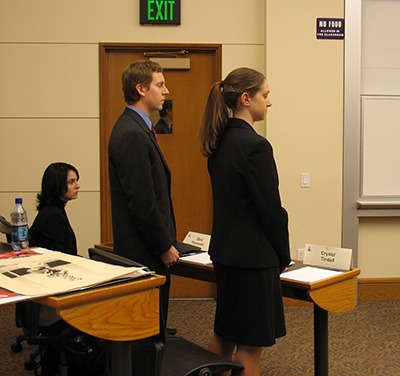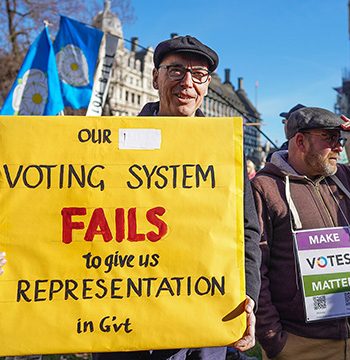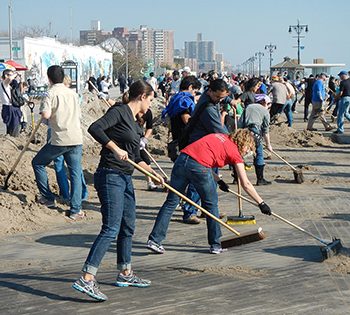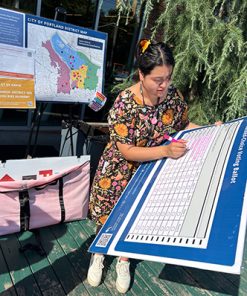Restorative justice emphasizes healing over punishment by focusing on accountability, reconciliation, and the repair of harm.
Picture a courtroom where, instead of sterile legal jargon echoing off polished wood, you hear people speaking from the heart—victims sharing how they’ve been hurt, offenders acknowledging the impact of their actions, and community members offering support, not judgment. No gavel theatrics, just a circle of people trying to mend what’s been broken. This is the essence of restorative justice, a practice rooted in ancient traditions that’s finding its way back into modern legal systems.
While the dominant criminal justice model thrives on retribution—an eye for an eye, a tooth for a tooth, and, a prison cell for just about everything—restorative justice asks a radical question: What if the goal wasn’t to punish, but to heal? This approach isn’t about being “soft on crime.” It’s about being smart on justice. Because punishment doesn’t always work. If it did, the U.S. wouldn’t have the highest incarceration rate in the world, and Norway wouldn’t have one of the lowest recidivism rates despite (or because of) its famously humane prison system.
Restorative justice asks: Who was harmed? How can we repair that harm? And how can we prevent it from happening again? This isn’t new. Indigenous cultures around the world, from the Māori in New Zealand to the Navajo in North America, have long practiced forms of restorative justice rooted in community healing, not state-imposed punishment.
In New Zealand, the Family Group Conference model, inspired by Māori traditions, has transformed the juvenile justice system. Instead of shuffling young offenders through a conveyor belt of courts and detention centers, they’re brought together with their families, victims, and community representatives to discuss the harm caused and agree on a plan to make things right. The result? Lower reoffending rates, higher satisfaction among victims, and young people who actually understand the impact of their actions instead of just resenting the system.
Restorative justice isn’t just for minor offenses. South Africa’s Truth and Reconciliation Commission, led by Archbishop Desmond Tutu, applied restorative principles on a national scale, confronting the atrocities of apartheid through public testimony, acknowledgment of harm, and, where possible, acts of reconciliation. It wasn’t perfect—nothing involving systemic trauma ever is—but it offered a model for how societies can confront even the darkest chapters of their history. Rwanda’s post-genocide gacaca courts restorative justice processes helped the nation grapple with unimaginable trauma.
Internationally, restorative justice is embedded in legal systems from Norway to Brazil. In Belgium, Restorative justice also intersects with environmental issues. Eco-justice programs apply restorative principles to environmental harm, holding corporations accountable through community-centered remediation processes. Imagine a world where polluters don’t just pay fines (often factored into their budgets) but engage directly with the communities they’ve harmed, funding restoration projects.
This process isn’t just cathartic for victims; it’s transformative for offenders. Studies show that restorative justice reduces recidivism rates compared to traditional punitive systems. A 2016 meta-analysis published in The Campbell Collaboration found that participants in restorative justice programs were significantly less likely to reoffend, and victims reported higher satisfaction with the process.
Restorative justice isn’t a magical cure-all. It requires skilled facilitators, voluntary participation, and a cultural shift from punishment to healing. It doesn’t work for every case, especially when offenders aren’t genuinely remorseful or when victims don’t feel safe engaging. But when it works, it works wonders. It’s also cost-effective. The traditional criminal justice system is a money pit—court costs, prison infrastructure, law enforcement budgets that balloon while social services wither.
Restorative justice can function in the workplace. Google and the University of San Diego use restorative practices to address conflicts, improve communication, and build healthier organizational cultures. Imagine if, instead of toxic office politics, workplaces were spaces where accountability and growth were the norms, not the exceptions.
For victims, restorative justice provides a sense of closure and empowerment often missing from traditional legal processes. For offenders, it fosters genuine accountability and the chance to make amends—not just with words, but with actions. For communities, it builds resilience, connection, and a culture where harm is addressed, not hidden.
Restorative justice is a worldview that challenges us to see people not as “criminals” or “victims” but as complex human beings capable of harm, healing, and growth. It asks us to move beyond binary thinking—punishment and reward—and to embrace the messy, nuanced reality of human behavior.
Consider a society where prisons aren’t warehouses of despair but places of genuine rehabilitation, where schools are incubators of conflict resolution skills, and where communities don’t rely solely on the state to administer justice but take an active role in creating it. Restorative justice isn’t about erasing accountability; it’s about deepening it. It’s not about eliminating consequences; it’s about making them meaningful. And it’s not about replacing the entire legal system overnight; it’s about planting seeds of change in a system desperately in need of growth.
Therefore, under Folklaw:
Restorative justice shall be integrated into legal, educational, and community systems as a primary approach to addressing harm. Legal frameworks will prioritize restorative practices, offering alternatives to incarceration that focus on accountability, reconciliation, and the repair of harm. Restorative justice programs will be funded and accessible at all stages of the justice process, from pre-trial diversion to post-release reintegration and reentry programs.
Schools will adopt restorative practices to address conflicts, reduce suspensions, and promote positive behavioral development. Training in restorative methods will be provided to educators, law enforcement, and community leaders.
Community-based restorative justice initiatives will be supported, fostering a culture of empathy, accountability, and collective healing.






Discussions
There are no discussions yet.